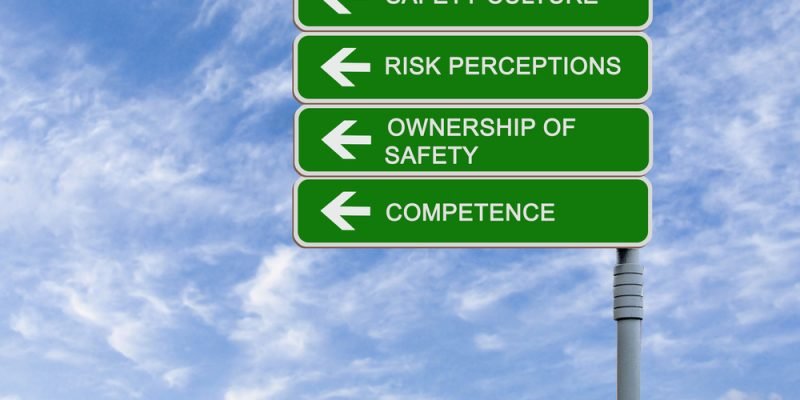How would you describe your organisation’s safety culture? And how important is it to the safety and profitability of your mining operations?
We all know that mining businesses have to be vigilant and work hard to comply with legislative safety standards. Regulations are extensive because of the high level of risk and complexity associated with mining operations. Mining companies are responsible for the safety of the people working on their sites. At MEC Mining, ensuring that all workers return home safely is at the core of what we do.
Most workplace accidents are preventable, so how can you assess and improve your company’s safety culture?
What is “safety culture”? According to the Queensland Government:
Safety culture embodies the value placed on safety and the extent to which people take personal responsibility for safety in an organisation. Safety culture is often described as the ‘personality’ of an organisation, as it is a shared value of safety.
There’s also such a thing as a “safety climate”:
Safety climate is the perceived value placed on safety in an organisation at a particular point in time. These perceptions and beliefs can be influenced by the attitudes, values, opinions and actions of other workers in an organisation, and can change with time and circumstance. Any easy way to differentiate between the two is to think of:
- safety culture as the ‘personality’ of an organisation
- safety climate as the ‘mood’ of an organisation at a particular time.
Why does safety culture matter?
How people behave at work – and, by extension, how safe they are at work – is significantly influenced by:
- their individual personality, attitudes and competencies
- the organisation they work for and its environment
- the design of the job they’re doing.
These interrelated areas feed into the safety culture and climate of an organisation. Elements that negatively impact on safety include:
- procedures that aren’t user friendly
- ineffective communication of safety information to employees and contractors
- poor management of safety by organisational leaders
- staffing issues around workloads, poorly designed shift patterns and fatigue
- inadequate resources for maintenance, inspection and testing.
A mining company’s safety culture should encompass all of these things. When human and organisational factors are well managed, workers are more likely to do their job safely, with higher levels of performance, lower risk and fewer errors.
How do we optimise safety culture?
The key to optimising safety culture is to empower our workers to do their job safely. We can do this through:
- excellent communication – safety information needs to be user-friendly, understandable, consistent, current and accessible to workers at all times
- positive collaboration – building trust and teamwork, listening to employees at all levels, and learning from each other in order to make improvements organisationally
- exemplary leadership – the culture of an organisation filters down from the top, so leading by example is imperative
- fostering community – at MEC we live and breathe a culture of personal and group responsibility, encouraging colleagues to look out for each other as if they were family
- investment of money and time – these are of paramount importance when implementing safety standards, enabling comprehensive training, regular workplace assessments and improvements, and investment in technology to improve communication and reduce risk.
There’s no question that mining faces some unique challenges when it comes to safety. We have to keep up with the safety implications of workplace practices and technologies that are continually evolving. We also have to manage large workforces, including contractors, and teams that are dispersed across remote geographical locations.
But in Australia we are fortunate to have progressive legislation that values human life, as well as high profit margins allowing us to invest in safety. Organisational leaders must consider safety at every turn – from the people we recruit to the way we manage teams, schedule work and invest in technology and equipment.

